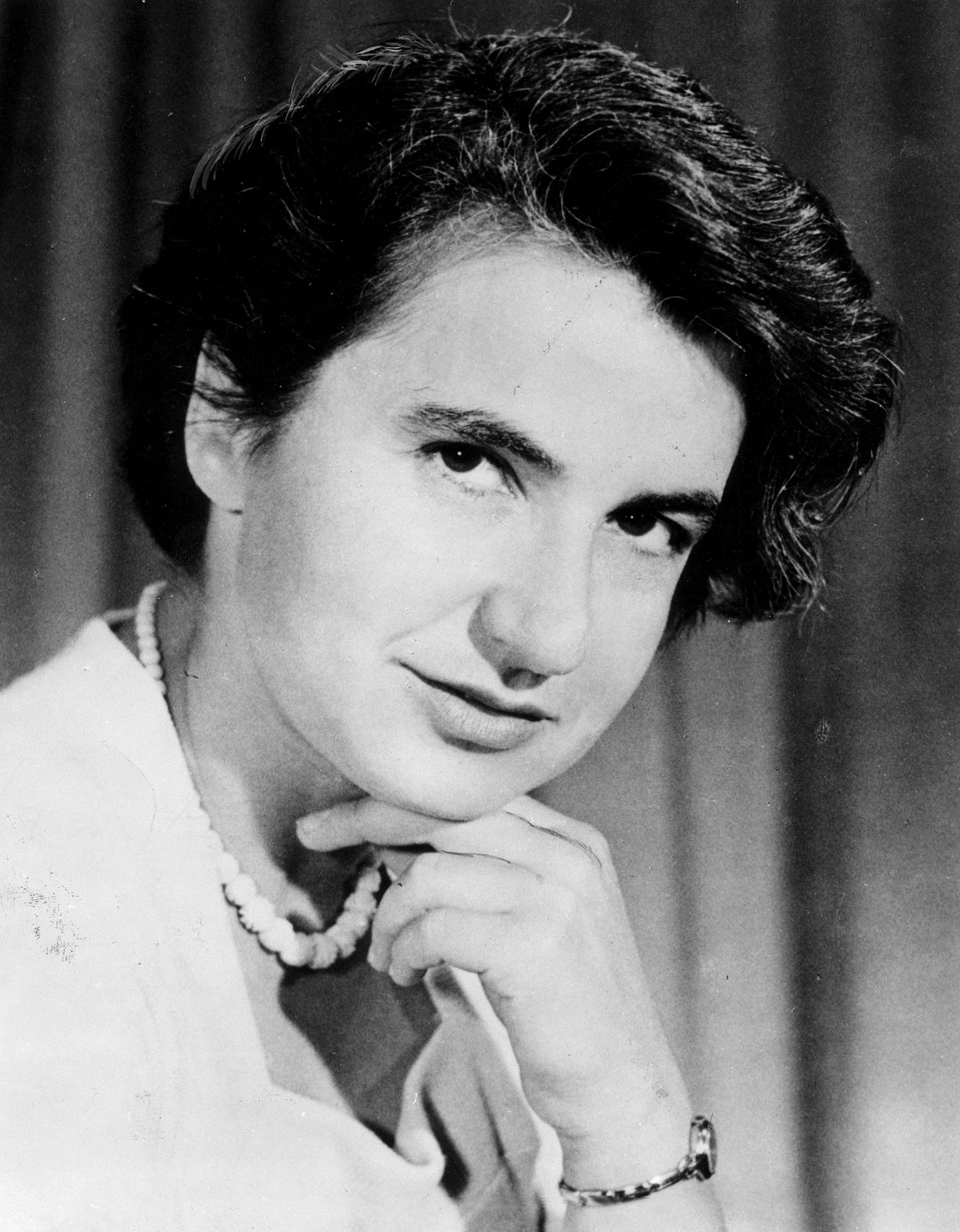About The Scientific 23
23
- 23 is a prime number.
- We have 23 chromosomes.
- A lot of conspiracy theoriesinclude the number 23, for example the ‘23 Enigma’.
- It’s the width of the Arecibo message.
- In a room of 23 people, there’s 50% chance that two will share a birthday – this is known as the birthday paradox.
- It’s a number used in sport:Michael Jordan and David Beckham were both number 23.
- 23 is the first Pillai prime numberand John Nash published 23 scientific articles.
We’re not saying that there’s anything special about the number 23, but it’s certainly an interesting number!
++++++++++++
This website, The Scientific 23, was made possible by the Royal Society Rosalind Franklin Award 2013 awarded to Sarah-Jayne Blakemore.


Rosalind Franklin (1920-1958) was a British chemist who carried out research on the structure of DNA, the molecule that holds genetic material inside living cells. Rosalind Franklin’s work was critically important in the understanding of genetics, and for this reason she is remembered as one of Britain’s most important scientists.
At the time that Rosalind Franklin worked, it was unusual for women to be scientists – most scientists were men. Rosalind Franklin did not receive a lot of recognition for her role in the understanding of the structure of DNA, and sadly she died of cancer at a very young age, just a few years after the discovery. The Nobel Prize in Physiology or Medicine 1962was awarded to Francis Crick, James Watson and Maurice Wilkins for “their discoveries concerning the molecular structure of nucleic acids and its significance for information transfer in living material”. Since the Prize is not awarded posthumously, Rosalind Franklin could not be included in its recipients, and it is unknown whether she would have been had she still been alive. If you’re interested in the life and work of Rosalind Franklin, we recommend this biography by Brenda Maddox.
No comments:
Post a Comment